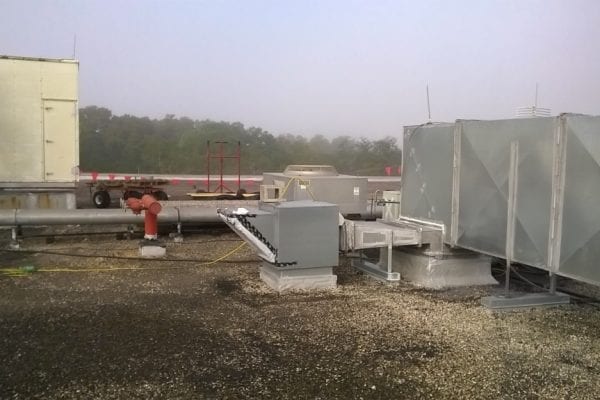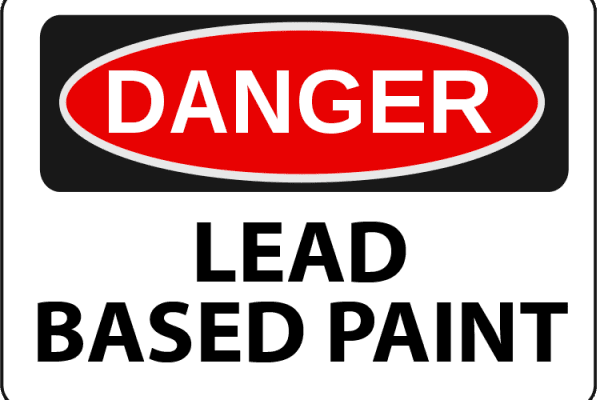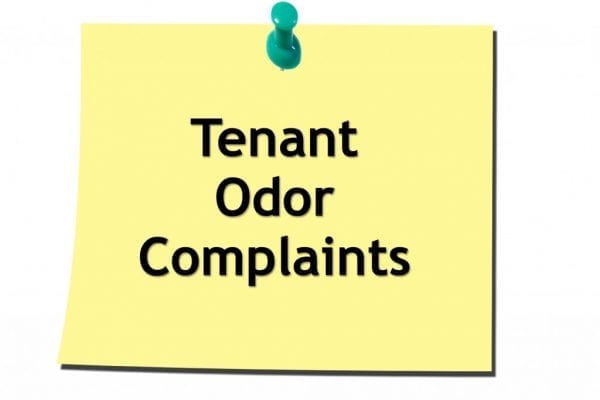Here in Florida, we’re not exactly known for our cold winters, but that doesn’t mean we don’t have winter problems. In fact, the mildness of our winters makes some buildings even more susceptible to problems on those occasions when temperatures do dip below the norm.
If you’re a commercial property owner in one of the Southern states, here are some common wintertime indoor air quality problems your buildings may suffer from, and what you can do when they arise.
Low Humidity
The words “low” and “humidity” don’t always fit in the same sentence if you’re from Florida, but an unusually chilly winter or poorly designed building HVAC system can make it happen. And when it does happen, it can cause a cascade of problems.
For instance, an undersized heating system combined with overzealous sealing of the building envelope can cause the same circulated air to be repeatedly heated and returned to the inside of the building. When this happens, the humidity can dip well below the optimal 40-60% for good human health.
Low humidity is not just a comfort issue. It can cause cracked skin, electrical arcs, and susceptibility to illness. Recent research shows that cold and flu viruses spread faster and stay alive longer in dry air, and can circulate through a building’s systems repeatedly, causing illness to spread rapidly. This affects productivity and leads to tenant dissatisfaction.
Poor Air Recirculation
The same air circulation problems that cause low humidity can cause a host of other problems, including high levels of CO2, elevated levels of chemical or organic contamination, and unpleasant odors. When the same air is circulated repeatedly in order to keep it warm, it allows these contaminants to concentrate.
High CO2 concentrations cause sleepiness and widespread occupant complaints, while other contamination can cause problems ranging from simply discomfort to cancer. All of these problems at minimum affect productivity, and some can lead to tenant complaints and potential lawsuits if not addressed.
Contaminated Air from Old or Poorly Maintained Systems
The very fact that we rarely need to run our heating systems makes them easy to neglect. Poorly maintained or very old systems can collect dust and other contaminants that are then distributed throughout the building when the system is cranked up. This will usually manifest as tenant complaints about musty or burning odors, and an increase in breathing problems that spike when the weather turns cold.
Winter indoor air quality problems can usually be solved with an audit of your heating systems. Ensure that they are properly sized for the building’s current use, and that they introduce appropriate amounts of external air. Regularly maintain and update systems as necessary.
If you suspect there may be a problem in one or more of your buildings, Indoor Air Quality testing can help you identify and address the cause. A few simple measurements can set your mind at ease or pinpoint any potential problems. Remediation may be simple or complex, but will almost certainly be cheaper than waiting for it to become a legal liability. Contact a GLE indoor air quality professional for expert advice on your situation today.






